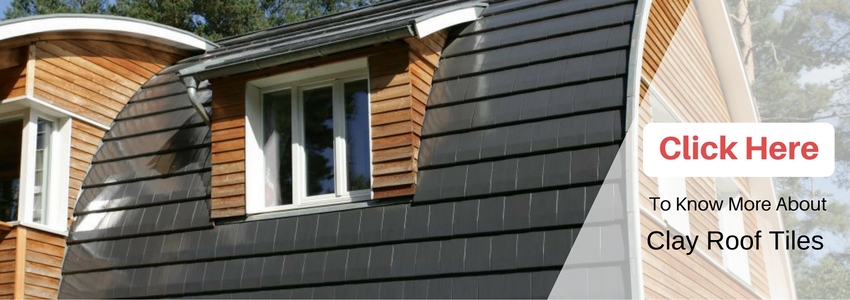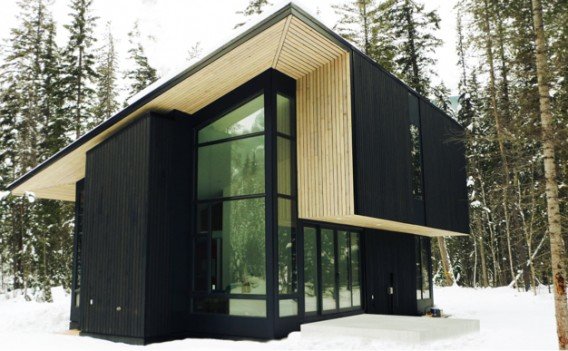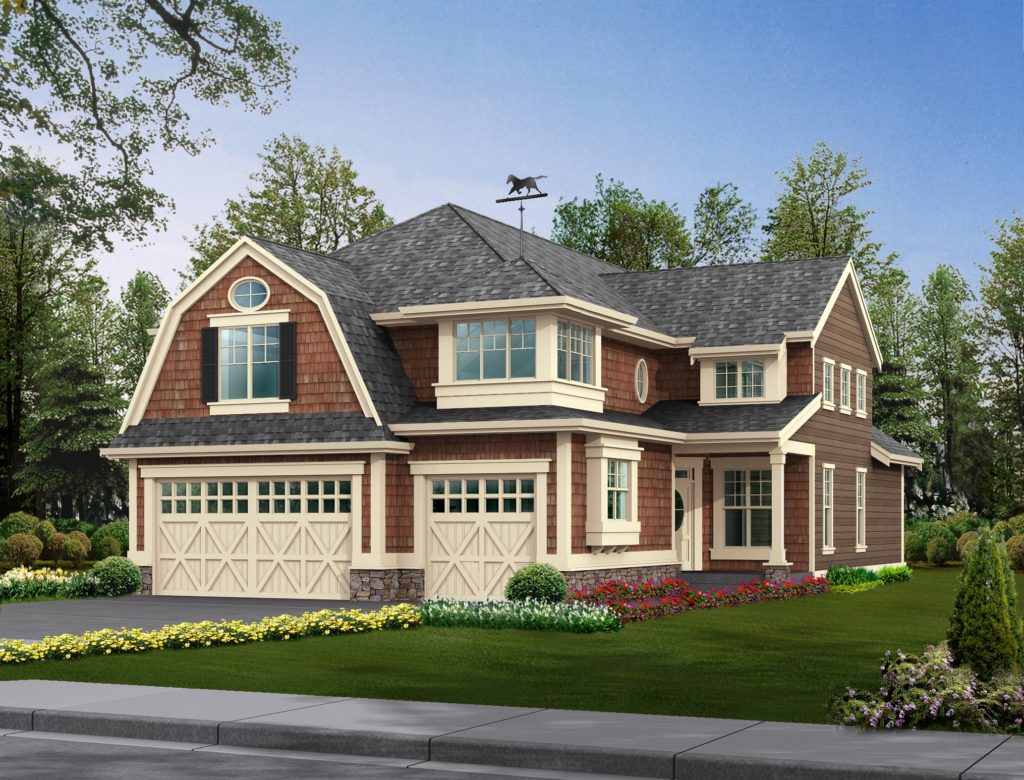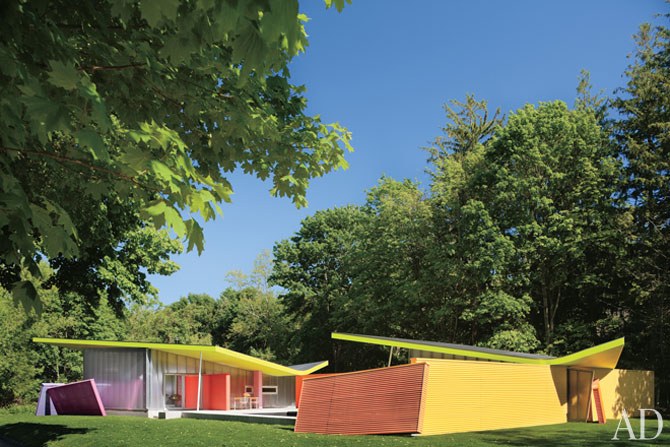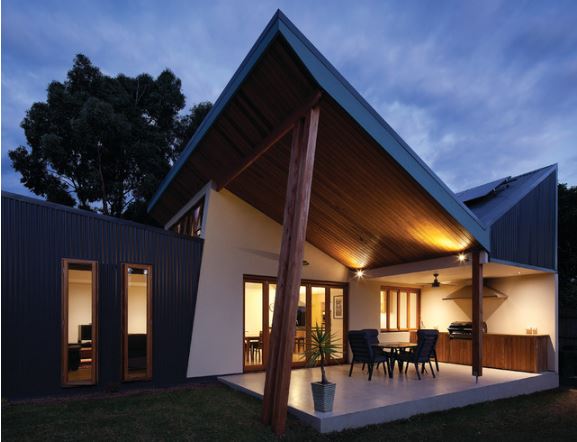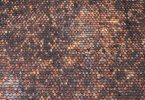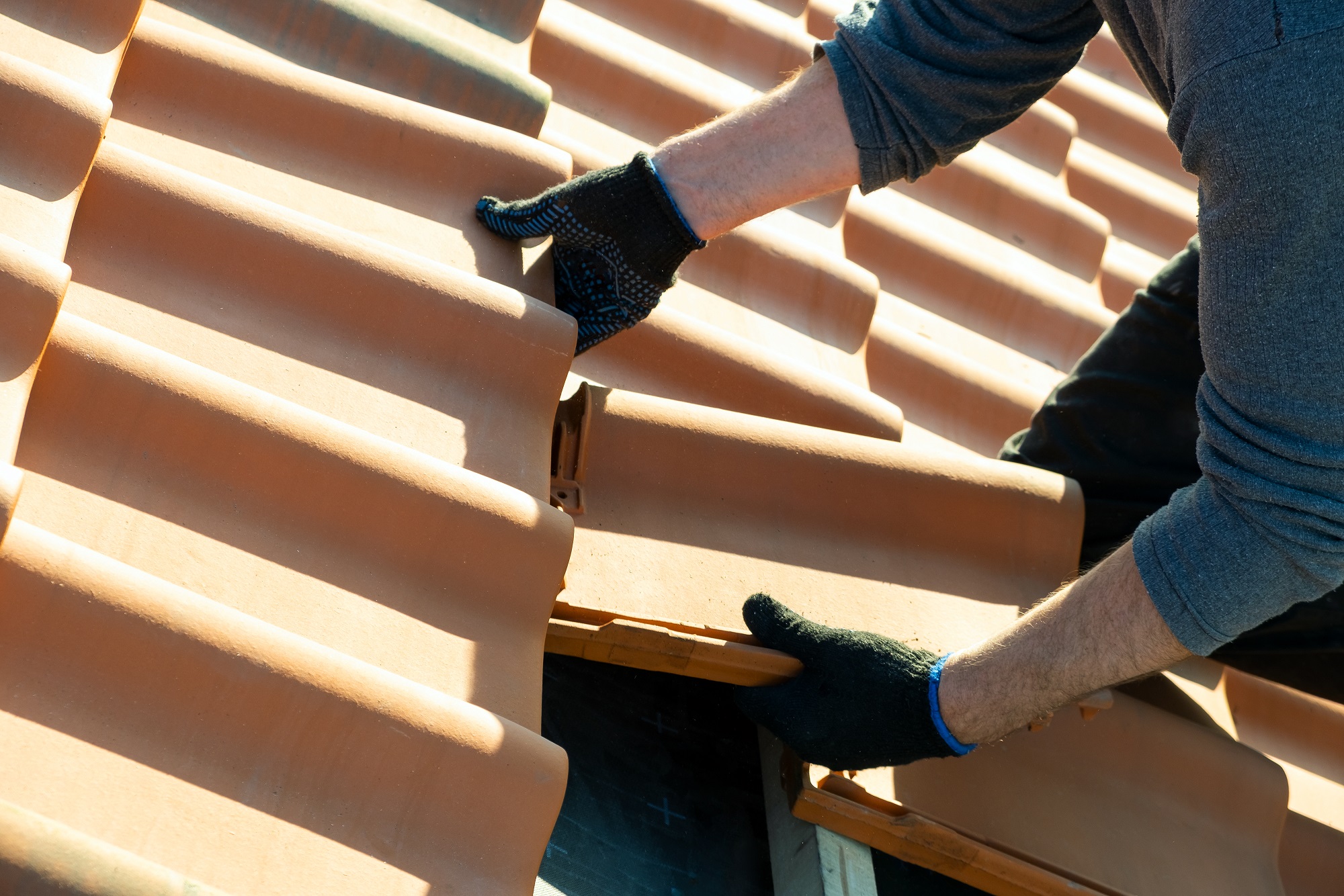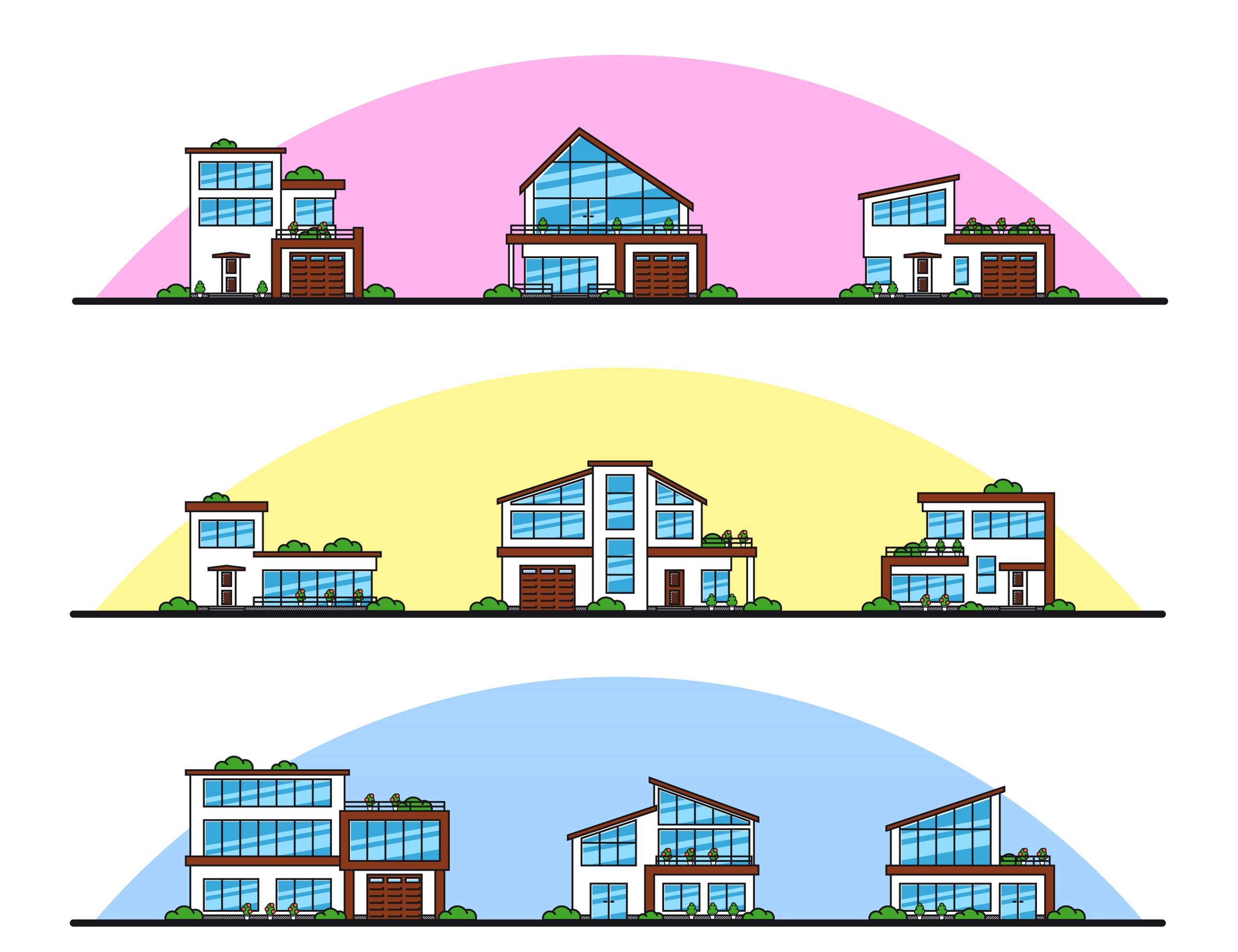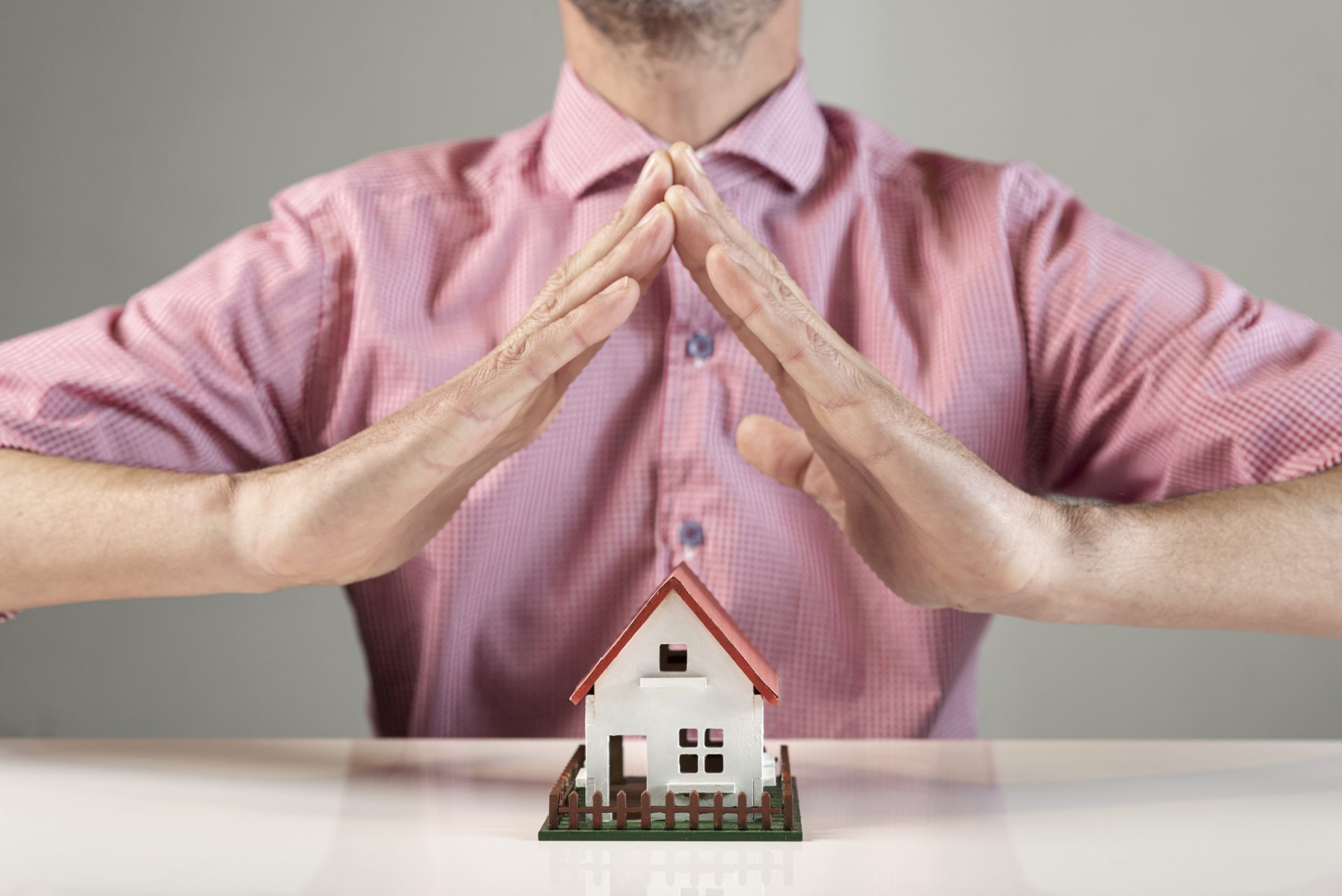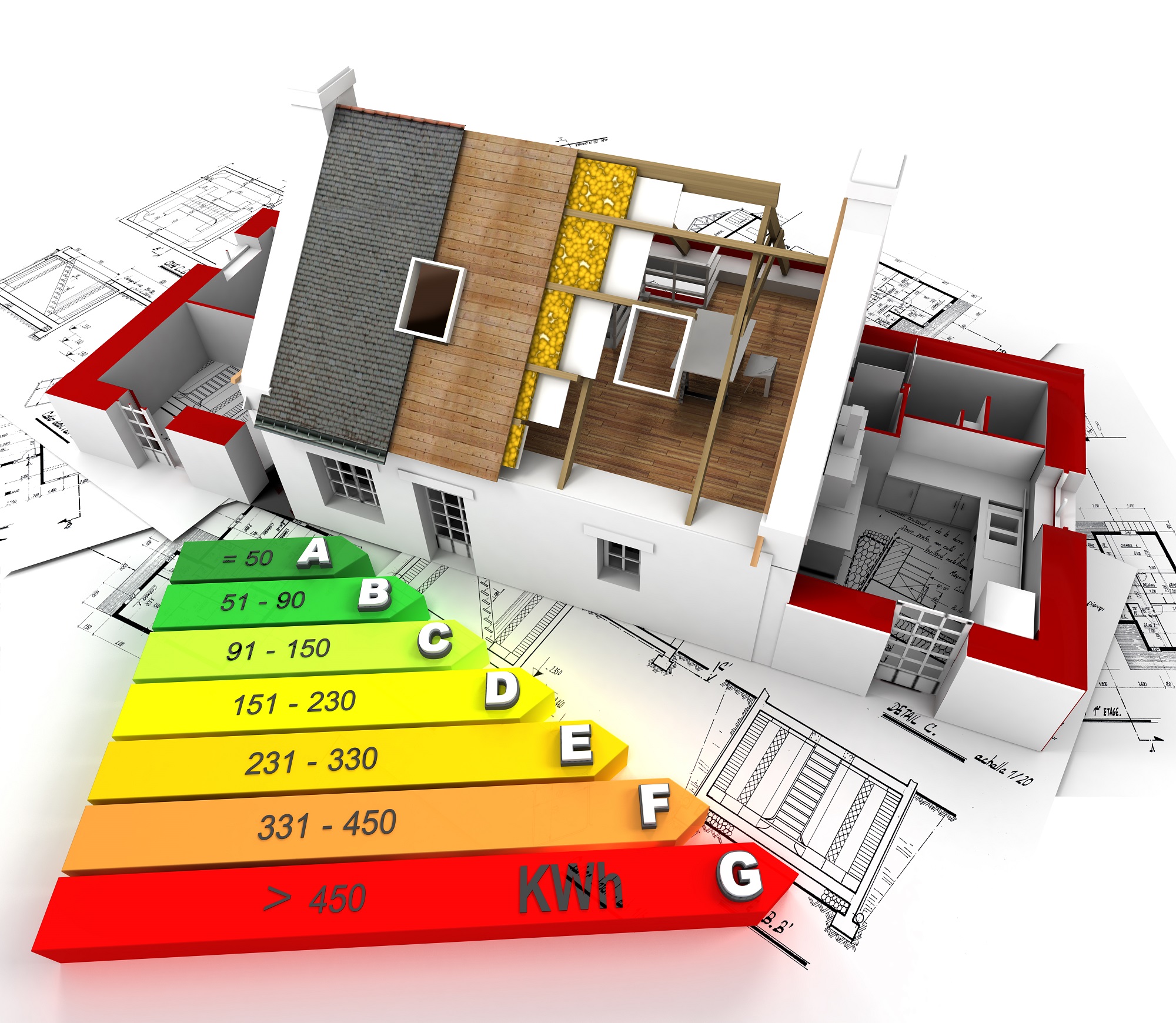What provides the very essence of what we call ‘Shelter’ – it’s the ‘Roof’. A roof is one of the most useful features of any home. But can a roof be an exciting architectural feature for the building structure? Well, only because it serves this important purpose it doesn’t mean it cannot be an exciting architectural feature. Considering our country, roofs are given least importance when it comes to its aesthetics. But, considering the roof’s pitch, its steepness, and the intersection of planes, you can get really creative with roof designs imparting your structures a totally unique look and feel. Today, we consider 7 types of sloping roofs that are perfect for modern homes.
7 Amazing Types Of Sloping Roofs
These 7 types of sloping roofs will add a different approach to the ordinary roof from diverse angles:
http://blacksuperherofan.com/2013/06/03/r-i-p-jim-kelly/ 1. Sawtooth Roof
A sawtooth roof comprises of a sequence of ridges which have dual pitches on each side. The roof has 2 or more parallel roofs which look like the teeth of a saw. One slope of each member is steeper than the other one. Normally, the steeper surfaces are glazed; also, they can have one tooth, or many tooth’s. Sawtooth roofs work best in large industrial buildings like factories; these are popular choices there as it provides natural light.
buy ivermectin online 2. Hyperbolic Paraboloid Roof
By definition, a hyperbolic paraboloid roof is a roof having two gables and one ridge. It is also called Saddle Roof, saddleback, or saddleback roof. The tension created with designing this roof makes it appear as if it is stretched from corner to corner, creating an apparently organic form. Such form of roof design demands minimal contact with exterior walls and no internal support. This form of roof is ideal for those looking at a more open, light and economic construction.
http://deepfeetmassagetherapy.com/pic/20200505131857.asp 3. Saltbox Roof
The saltbox roof can also be referred to an off-shoot of a gable roof. This type of sloping roof is very much like the gable roof; with difference existing in the length of the roof panels forming the ridge. Usually, in this roof design, one side is longer than the other and imparts a distinct personality to the building structure. These are best suited for independent homes.
lowlily 4. Mono-pitched Roof
A mono-pitched roof is also known as a skillion roof or shed-style roof. A mono-pitched roof has one single flat surface, but it is not similar to the standard flat roof because the pitch of a skillion roof is much steeper and noticeable. The single-sloped surface of a mono-pitched roof is not attached to another roof surface, making it diverse from a dual-pitched or gable roof. These are very easy to construct and present a discreet, unique look.
Read: Pitched Roof Construction Is Best With Clay Roof Tiles
5. Barn Roof
Also called Gambrel roofs these are a variation of gabled roof. The barn roof style is very commonly linked with Dutch building traditions and barns. These break each sloping roof section into two parts—one close to the ridge which is relatively flat and one closer to the eaves which drops down sharply. While many think this style of roofing is only perfect for and used mainly in barns, these are a great choice in residential construction. This is because it adds so much extra space to the structure.
6. Butterfly Roof
Similar to the beautiful wings of a butterfly, this roof design comprises of two planes which slant down toward each other. This form of roof gained immense popularity in 1950s-1960s and is still used by architects even today. This style eradicates the need for traditional downspout and gutter systems, as rainwater drains directly into the central trough, where it can be harvested. These are amazing at the energy-boosting meter, as the solar panels can be strategically placed to catch the sun rays most efficiently.
7. Oblique Roof
Sharply pitched, an oblique roof looks like a giant wing rising above a structure’s outer edge. Since an oblique roof extends beyond the walls of the house, it provides privacy and shelter for outside entertaining areas and at the same time allows natural light to filter inside.
Final Thoughts
Sloping roofs are great options for homes and residences. These are efficient, aesthetically pleasing and at the same time functional. But again, factors like weather, costs, materials, neighborhoods also play a huge role in determining the type of roof you should install.
Considering material if you need any help in deciding, Wienerberger offers a huge variety of roof materials which are aesthetically appealing and lend a certain class to the building’s appearance. Wienerberger’s Koramic range of clay roof solutions follows the most advanced production methodologies that lends a completely unique and individual style to the roof tile portfolio. With a varied range of colors and finishes, Koramic clay roof tiles can make a building’s appearance a genuine treat for the eyes.
For more information on our roof products, visit us at https://www.wienerberger.in/products/roof.html We’ll be glad to hear from you and help!
You May Like:
Historic Renovation Of 100-Year-Old Roof Of The Dokett Building In Cambridge, UK
7 Unique Roofing Styles in Bengal Temple Architecture
Know The Top 7 Roof Types In India
Different Types Of Roofing Materials You Should Be Knowing
Authored by a Building Expert from Wienerberger India
For an expert advice, drop a word at our email id –gosmartbricks@gmail.com
